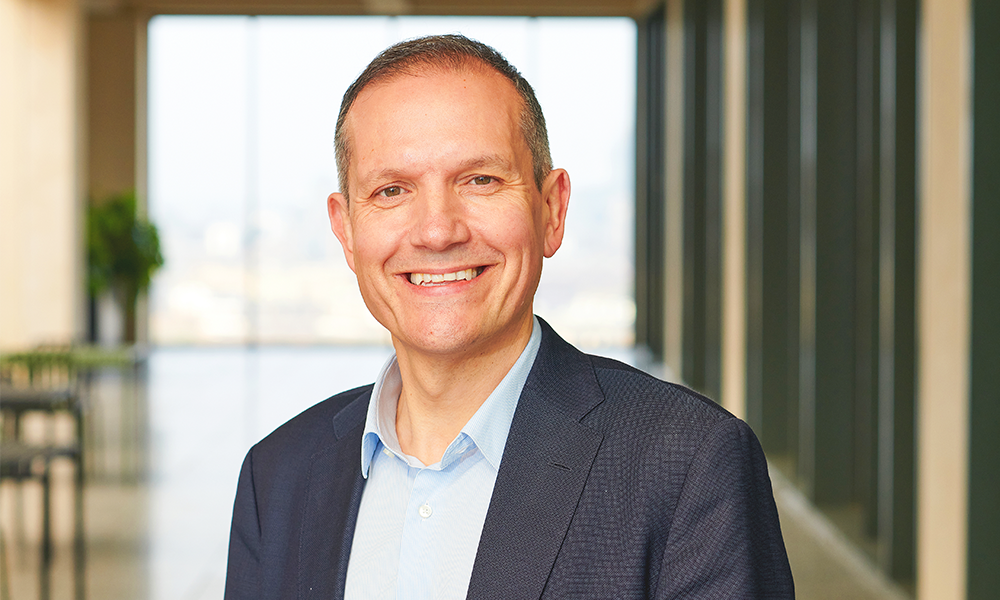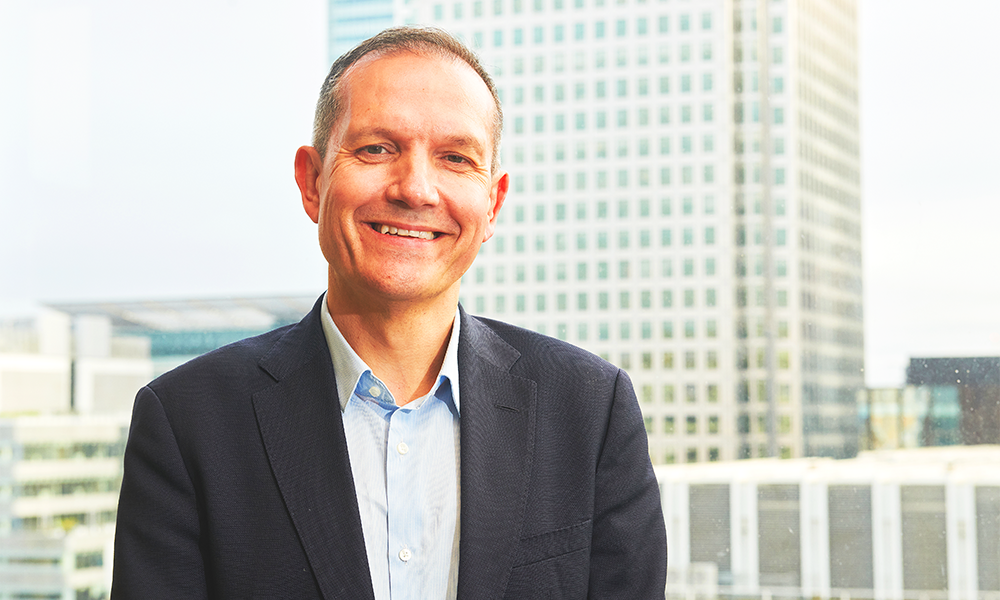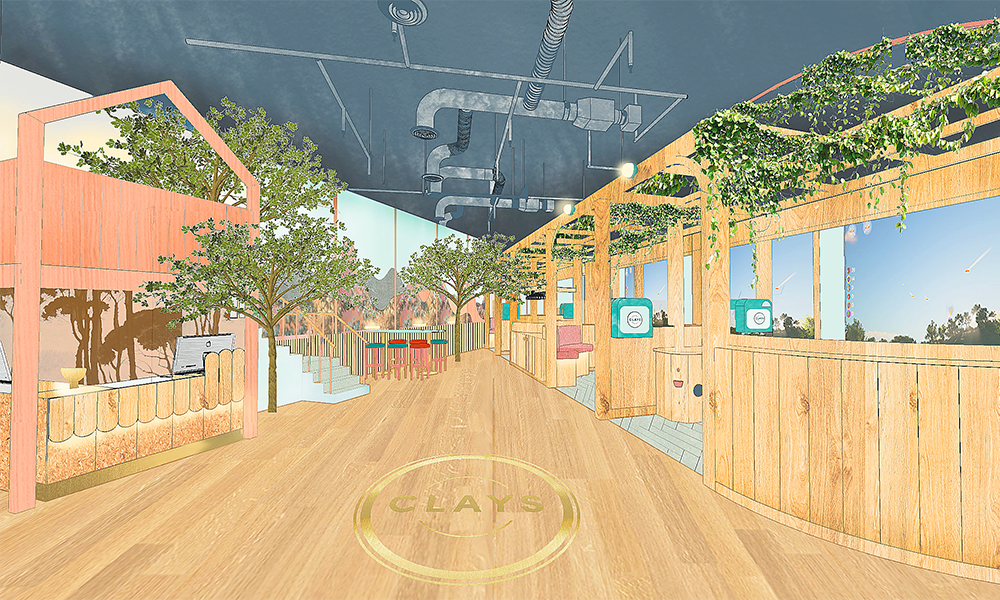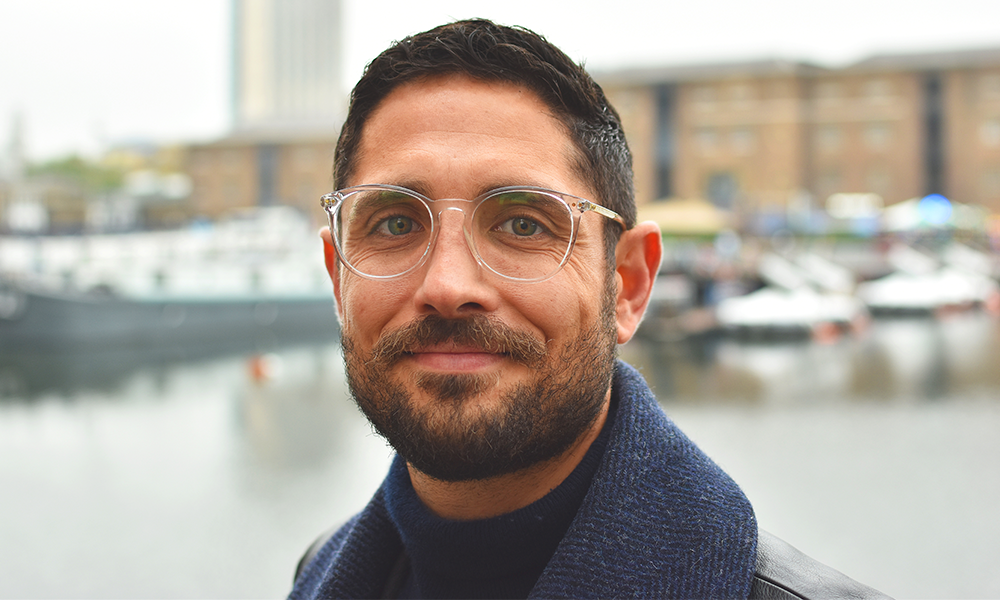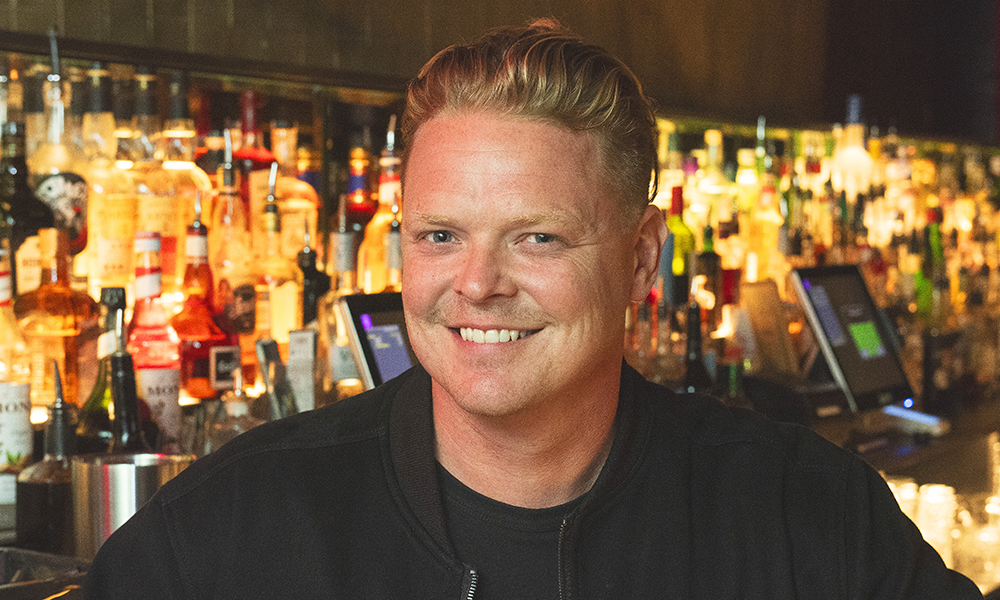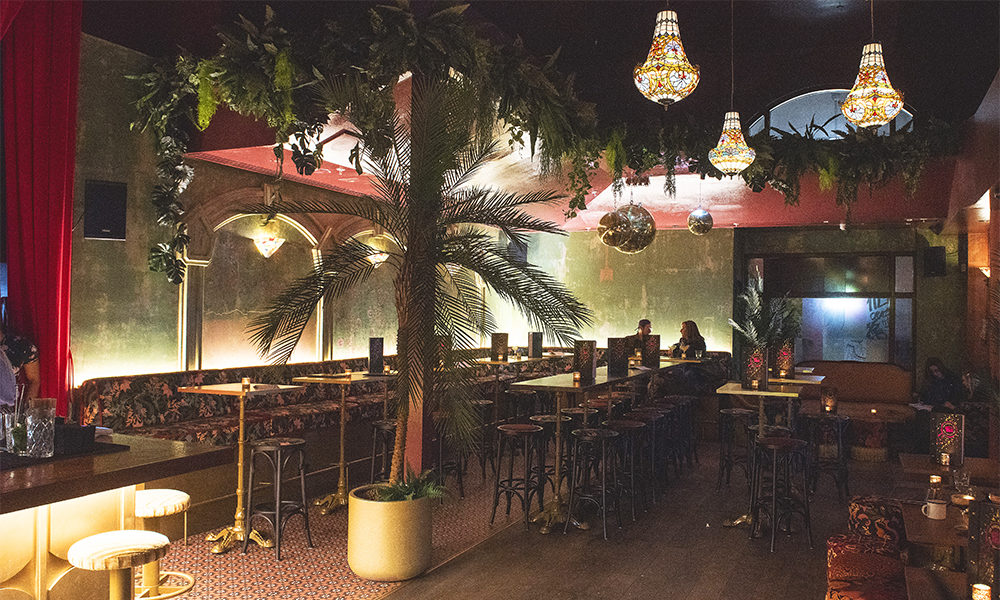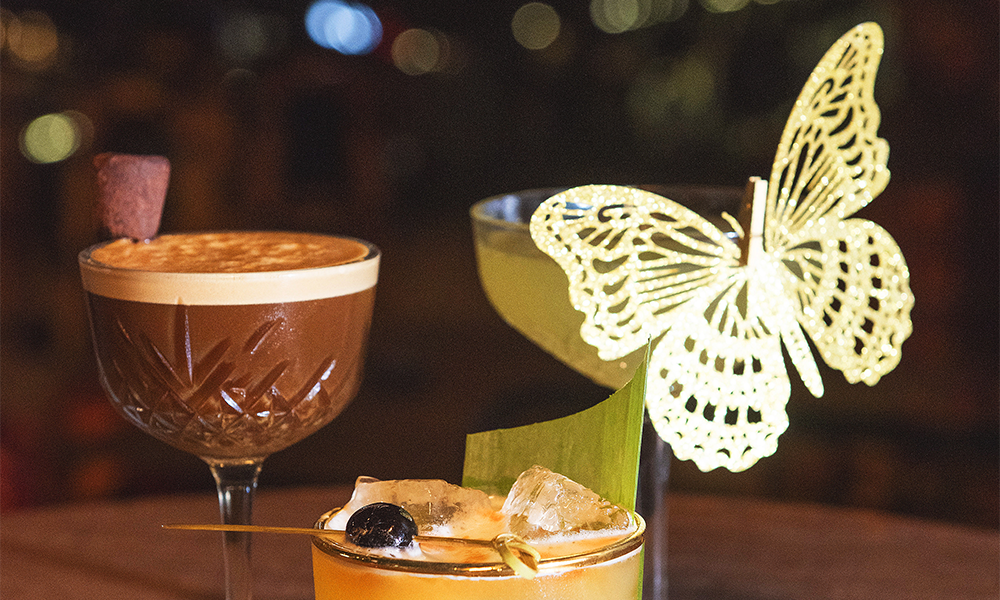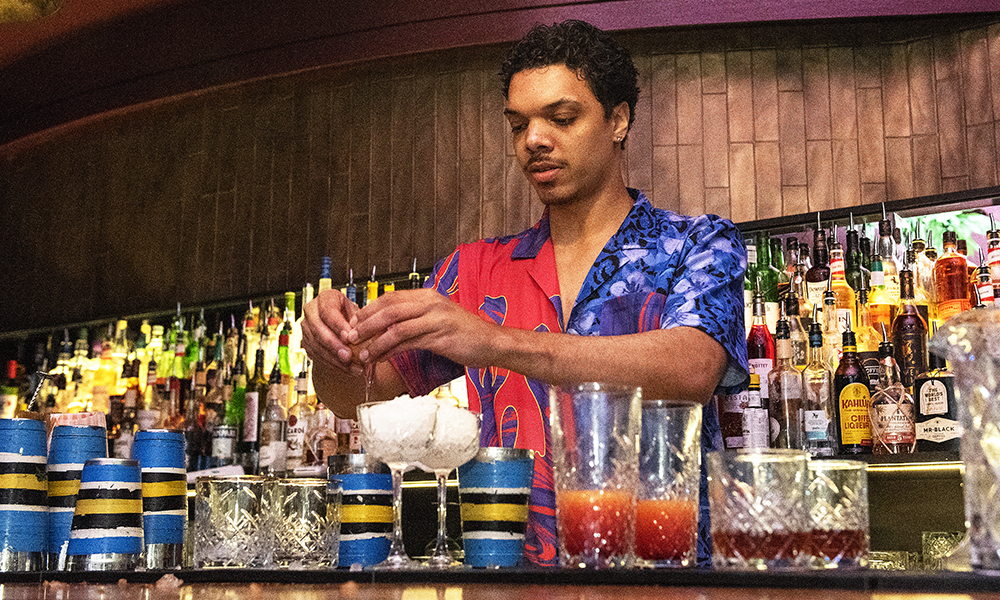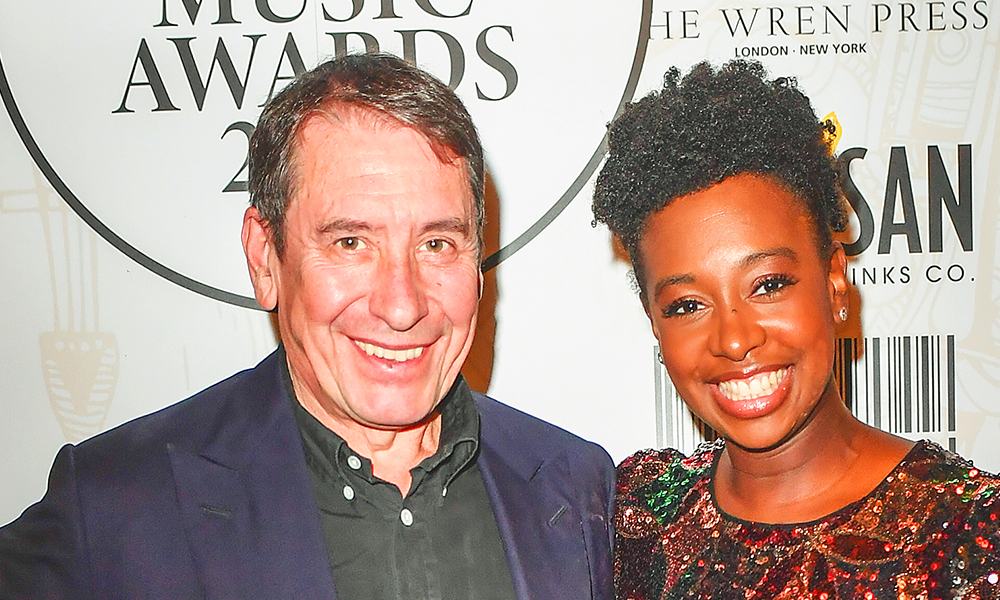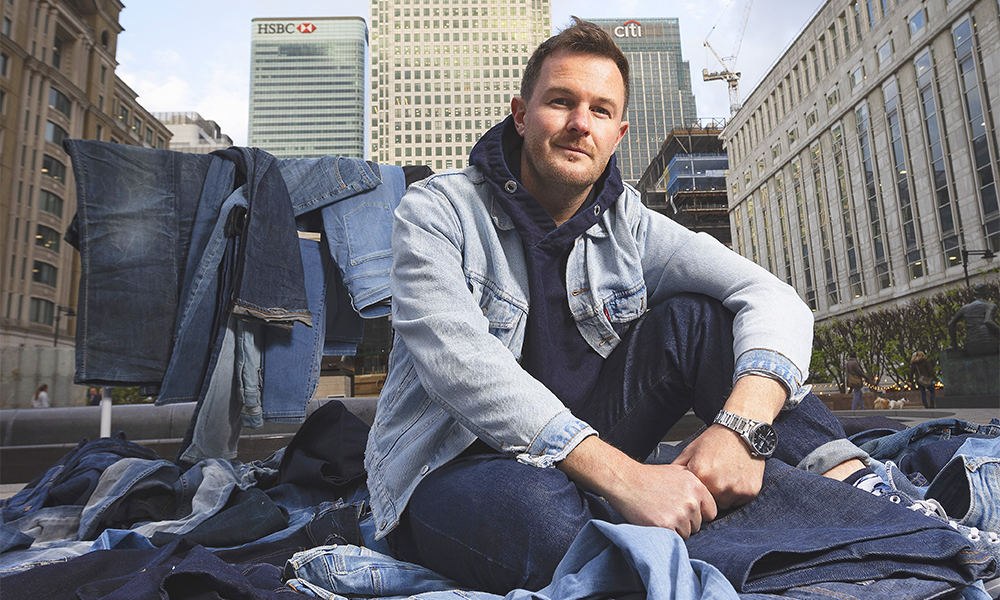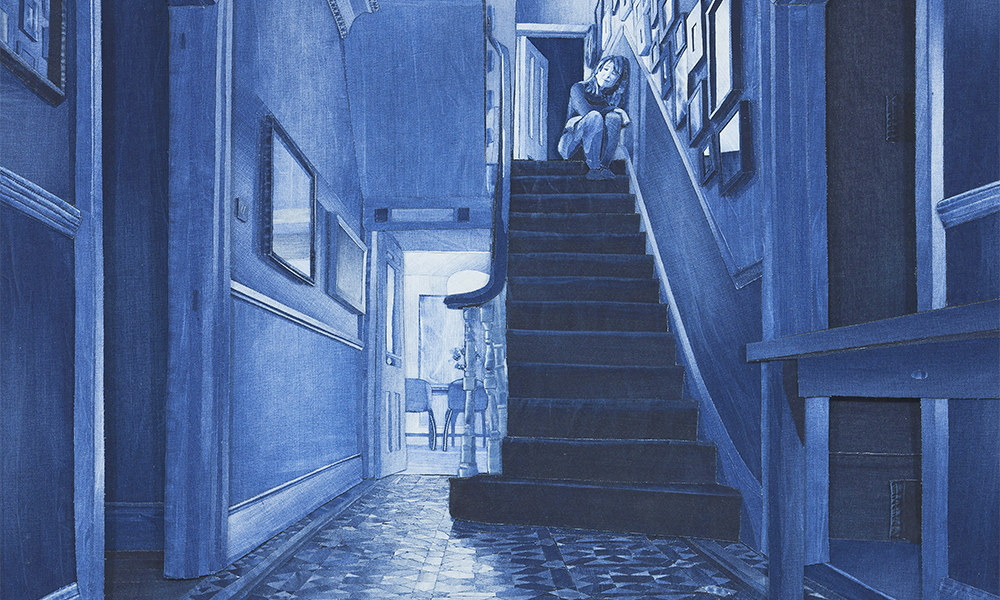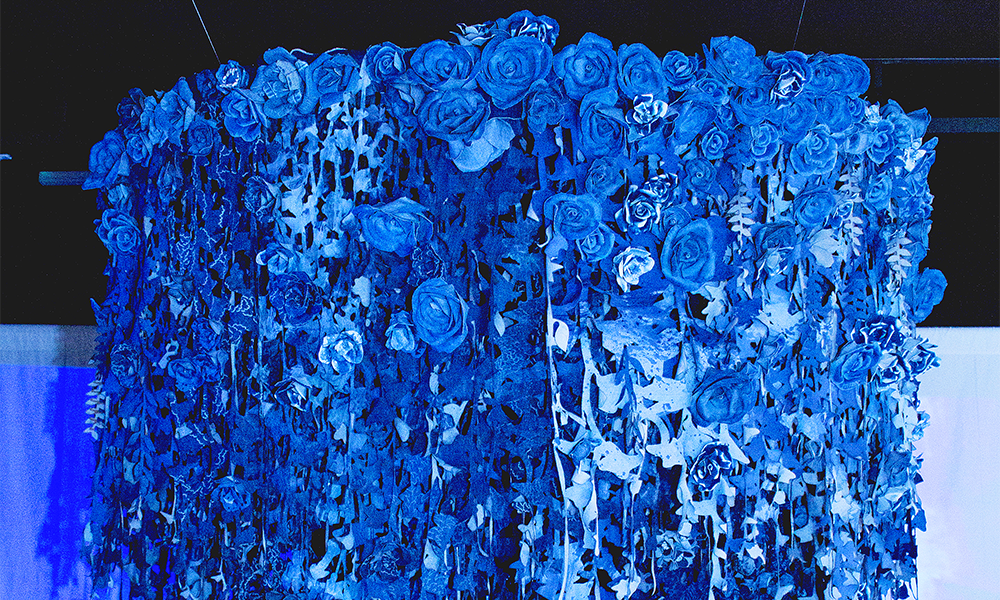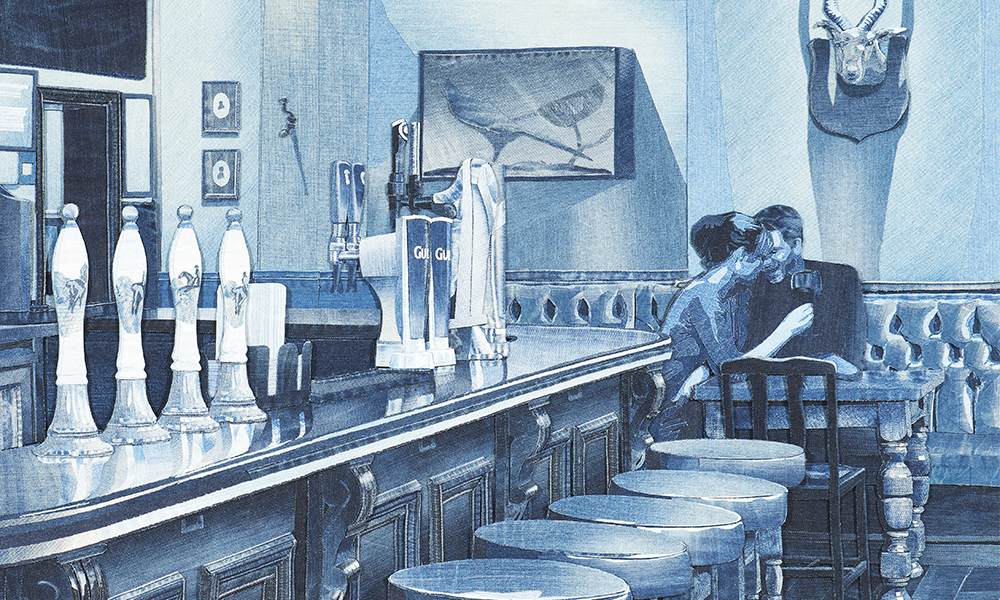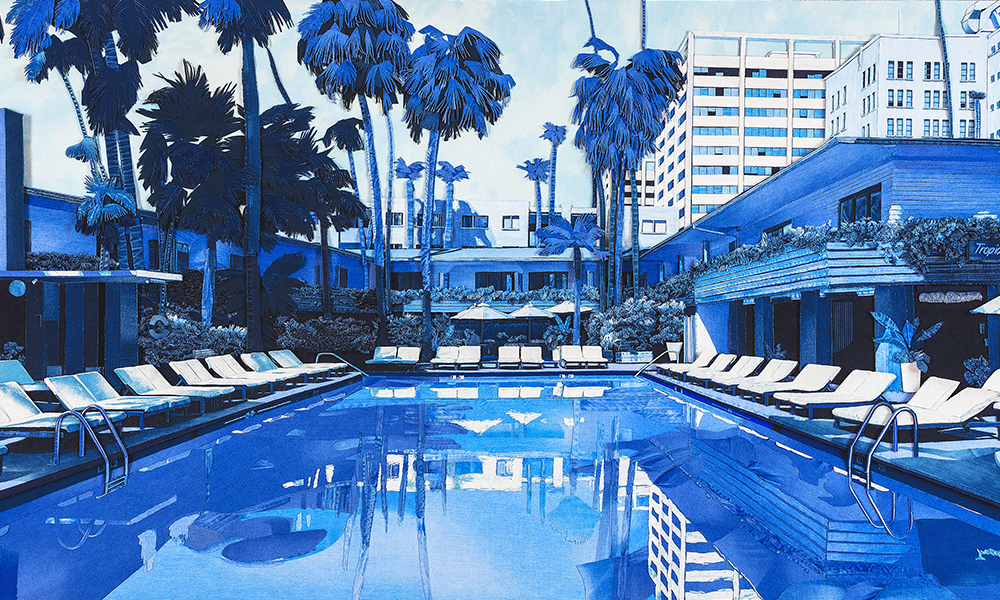The musician, presenter, band leader and singer talks Isle Of Dogs pubs and playing in special rooms
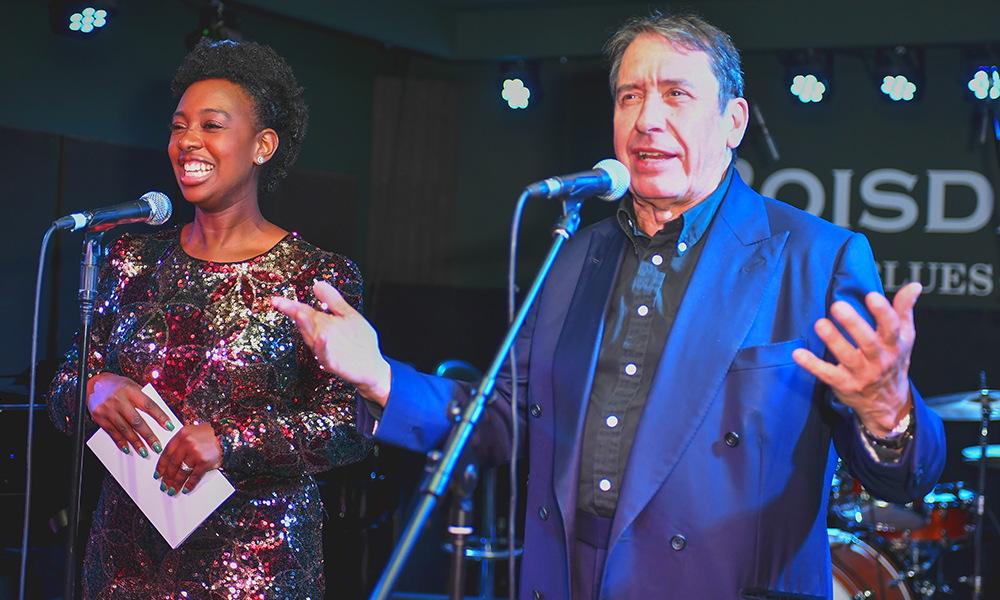
Subscribe to our free Wharf Whispers newsletter here
Jools Holland has a long association with Boisdale Of Canary Wharf.
He’s been patron of music at the Cabot Place venue since it opened its doors way back in 2011.
But his musical connection to this part of London goes back even further.
“Growing up, I lived in Greenwich – just the other side of the Blackwall Tunnel – but nobody dared go through ‘the pipe’ as it was known,” said the band leader, pianist, presenter, singer and former member of Squeeze.
“It was another world, but we were teenagers so we went through and discovered the people on the other side of the river were just as nice as us.
“I cut my teeth playing in pubs on the Isle Of Dogs such as The Watermans Arms and The Gun.
“I even won a talent show in one at the age of 15.
“The prize was that you got to play there for four weeks.
“They sacked me after three, because I didn’t know any more songs.
“Pubs used to have piano players and then, once a week, maybe a band.
“There was one in Rotherhithe – The Prince Of Orange – which had trad jazz. It was open all night for a while and it was fantastic, although it’s closed now.”
That regularity of live performance was what first attracted Jools to Boisdale.
“I went to the restaurant in Belgravia a few times and got to know the owner, Ranald Macdonald,” said the musician.
“I just thought it was so great that they put on music, because there aren’t that many places doing that consistently.
“Boisdale does and that’s amazing because it’s a really hard thing to organise.
“Right from the first time I went in there, it had an atmosphere, something a bit glamorous – as though it was from another age like a 1940s American film.”
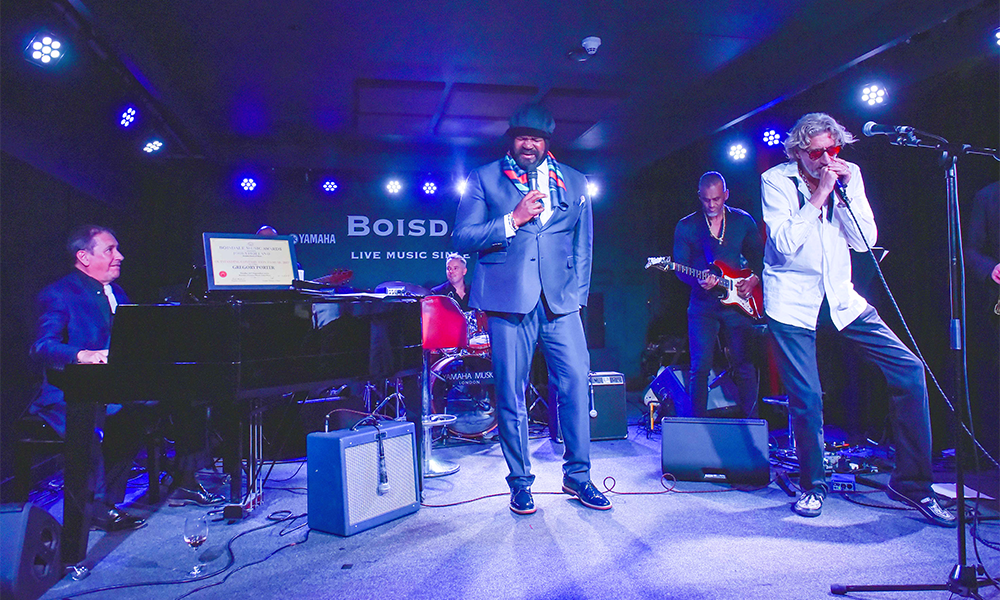
patron of music: Jools Holland
As patron of music, Jools regularly hosts a Boogie-Woogie Spectacular at the Canary Wharf venue, featuring his favourite stride and boogie-woogie pianists such as Neville Dickie, German Axel Zwingenberger and Swiss Ladyva.
He also hosts the Boisdale Music Awards annually and is set to do so again on September 18, 2024, in the company of saxophonist YolanDa Brown – herself now an east London restaurateur.
“Boisdale Of Canary Wharf is really a wonderful place,” said Jools.
“It has a magical atmosphere that’s like walking into another world.
“You have the joy of the music, the food and the buzz.
“The awards are really great because you get people from all different fields of performance at varied stages in their careers.”
Previous winners have included the likes of Alabama 3, PP Arnold, Snow, Tony Iommi, Kiki Dee, Suzi Quatro, Emeli Sande, Lemar, UB40, Lisa Stansfield, Mud Morganfield and Maxi Priest.
It’s also recognised emerging acts such as Errol Linton, Emily Capell and Charlie Pyne.
“Forget what they say in the media, there aren’t different sorts of music, these are just great players and singers,” said Jools, who often collaborates with winners on the night.
“It’s a bit like Later, my TV programme.
“The event is a real mix of things rather than just a load of pop music – although there’s nothing wrong with that.
“I’d use previous winners Gregory Porter and Albert Lee as examples.
“Albert is one of the greatest country guitarists the world has ever known and Gregory is one of the best jazz singers alive today.
“I love the fact that they’re in different spheres, but they can both fit into Boisdale and both receive awards from this venue in Canary Wharf – I think that’s wonderful.”

Boisdale Of Canary Wharf: home of the unexpected
One of the endearing things about nights out at Boisdale is that you never quite know what’s going to happen and its awards ceremonies are legend for their unexpected appearances and juxtapositions.
Where else might you spot Hugh Laurie swapping tales with a founder member of Black Sabbath or see a Sex Pistol perform with David Bowie’s sideman?
With going on a decade and a half of performances, its stage has hosted an unrelentingly diverse programme of acts, with Mel C, Rebecca Ferguson, Alexander Armstrong and Suspiciously Elvis giving it their all.
“My friend Rod Stewart did go in and perform one night and loved it,” said Jools. “He didn’t realise I could have been there playing with him.
“Boisdale Of Canary Wharf has become a great room. When these places are new, I think they’re harder. I do think rooms have a spirit – now it’s got a vibe in it.
“It’s a curious thing. I’m not a mumbo-jumbo person, but there is definitely something about a musical instrument that’s been played a lot, or a room that’s been inhabited and has had a lot of music played in it, with people enjoying it. That really adds to the atmosphere.
“You can’t put your finger on what it is, but the likelihood of something great happening is much increased.
“For me, that was playing with Gregory Porter at Boisdale.”
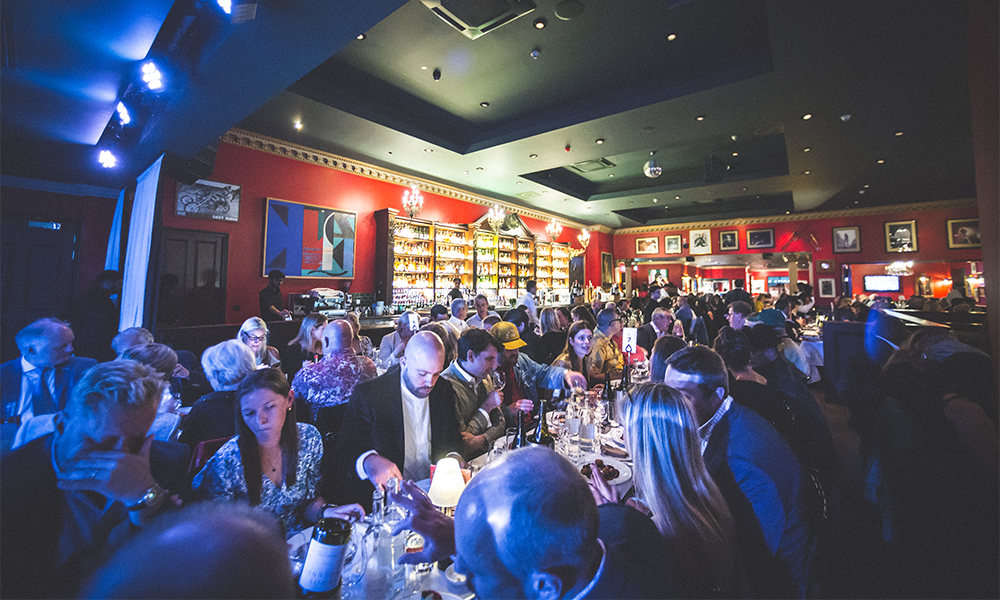
Jools Holland on Canary Wharf
It’s not just the venue itself for Jools, however.
Having grown up locally and formed Squeeze across the river in Deptford, he’s seen Canary Wharf emerge and grow and he’s a fan.
“Some people say that, years ago – when there was nothing there – it was really great,” he said.
“But I say what the great gurus say, which is that it’s now that’s the moment
“If you have a room with all those great people in it and great food too, then now is its pinnacle – paradise is now – and now is the time to go.
“When Canary Wharf was first built it was a big thing.
“You’d look over from Greenwich and you’d see it towering above everything else, but now everything’s around it – there’s a whole world here.
“When they said the piazza in Covent Garden was a great place after it was first built, others said they’d preferred it as a mediaeval village.
“The great thing about Canary Wharf is that it’s been very well built.
“Then with the live music you have here now at Boisdale it becomes a place.
“You’ve got to give places like the Wharf a chance sometimes, rather than saying it was better in the past or it will be better in the future.
“Now is the time that it’s actually good.”
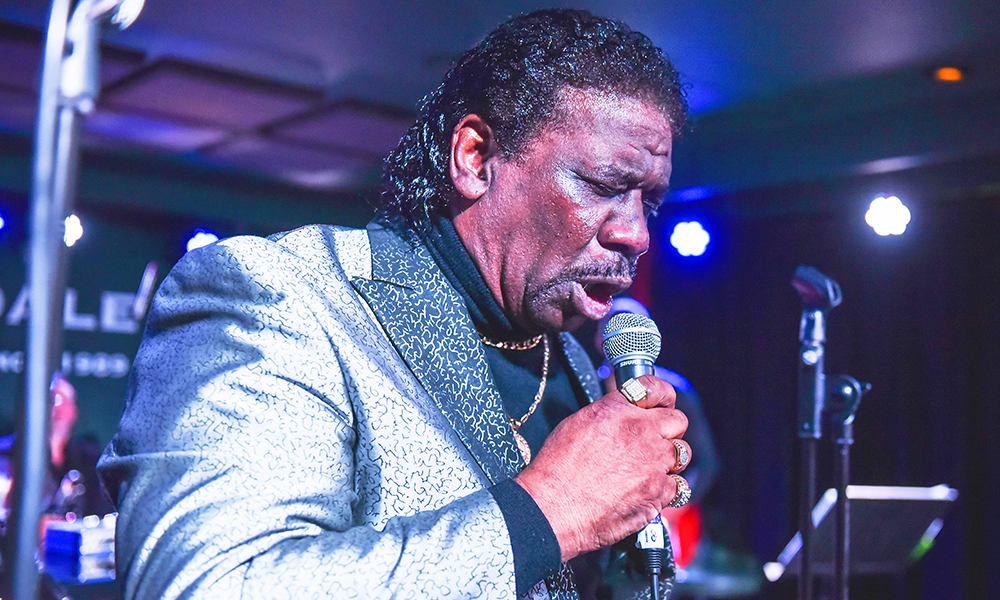
a burger for preference
While on duty Jools prefers a clear head and stomach, so he’ll be waiting until after the presenting is done to enjoy Boisdale’s hospitality on September 18, 2024.
But his dish of choice at the venue perhaps harks back to another memory from his personal relationship with Canary Wharf.
“Their cheeseburger is a delicious thing,” he said. “The food is always very consistent – you feel as though you’ve had a proper night out when you eat there.
“They have a great wine list there, and I quite like wine.
“You could take your aged aunt there and she’d think it was fantastic, or you could take some teenagers and they’d have a fantastic time.
“It has that personal touch, it’s not like a corporate chain, but it has the contents of Ranald’s brain all around the room and it’s a very nice brain to have a look at.
“I remember, back when One Canada Square was first built, I used to take my children through the Blackwall Tunnel and we’d pretend we’d driven all the way to the USA.
“There was an American diner at the foot of the tower serving burgers and that was great.
“There’s a lot more than that here today.”

key details: Boisdale-Xejoff Music Awards 2024
The Boisdale-Xerjoff Music Awards 2024, hosted by Jools Holland, are set to take place on September 18, 2024, with ticket prices starting at £149.
The evening starts at 6pm with a Champagne and cocktail reception followed by a three-course dinner.
The awards will then be presented by Jools Holland and YolanDa Brown alongside performances from the winners.
The party will go on until 1am.
Find out more about the awards here
Read more: How Vertus continues to evolve its brand
Read Wharf Life’s e-edition here
Subscribe to our free Wharf Whispers newsletter here
- Jon Massey is co-founder and editorial director of Wharf Life and writes about a wide range of subjects in Canary Wharf, Docklands and east London - contact via jon.massey@wharf-life.com




